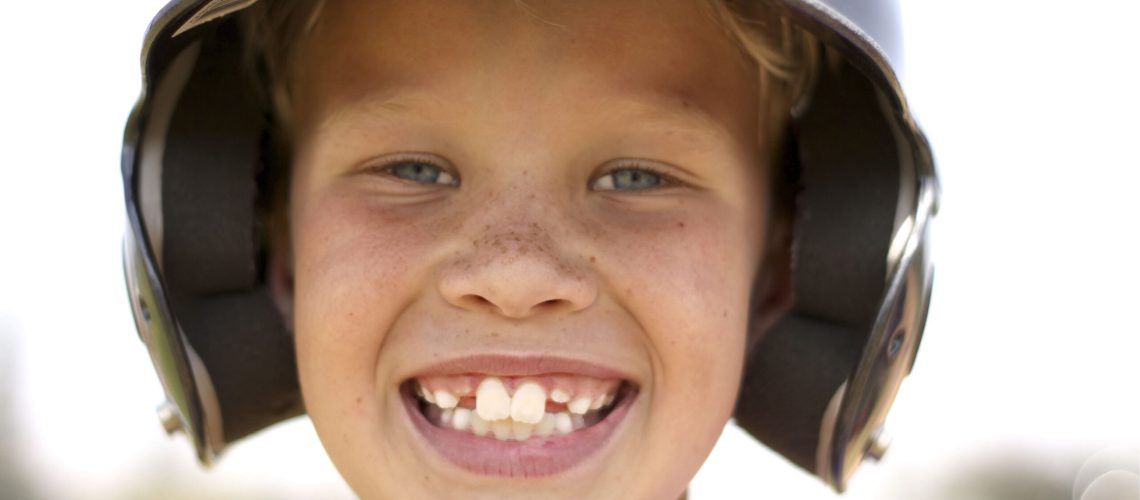It can often surprise parents that dental restorations are a necessary and important part of pediatric health care. Many of them assume that the temporary nature of primary teeth means that they aren’t important to maintain. Although these teeth will eventually fall out on their own, keeping them as long as possible is important. Baby teeth are essential in the proper formation of our jawbones and teeth in preparation for our adult teeth to arrive. If we don’t retain them until they naturally fall out, we put our permanent teeth’ alignment and spacing in danger. Pediatric crowns can help our children have the best chance of a clean and beautiful adult smile.
Preservation Of Development With Pediatric Crowns
So your dentist has approached you and indicated that pediatric crowns might be wise for your child’s oral health. If you’ve never thought that a child would need restorative treatment, this may have come as a bit of a surprise. Pediatric crowns can restore the health of teeth that are impacted by dental decay. Without these crowns, it may be necessary to extract your child’s primary teeth. This will open the doorway to problems with proper jaw and tooth development as they move into adulthood. These teeth promote the growth and strengthening of the jaw while ensuring that proper room remains for the adult teeth to move in. Preserving them with a pediatric crown is one way to avoid costly orthodontic care.
Applying dental crowns to a primary tooth involves the same process as that for adult teeth. Considering the following steps:
- Preparation – Prior to the application of the permanent restoration, the tooth must be prepared to receive it. This involves eradicating any existing decay using a dental drill or dental laser.
- Impressions – Once the decay has been removed and the tooth sanitized, your dentist will take an impression of your child’s teeth. This is typically done with a gel-filled bite tray and takes only a few moments.
- Temporary Crown – While some clinics are capable of milling their own restorations on site, yours may require the placement of a temporary crown. This is done while the impression is sent to an outside dental lab to have the restoration created.
- Permanent Crown – Once the temporary crown has been received, your dentist will remove the temporary crown and replace it.
This process helps halt the advance of dental decay and protects the tooth against further damage. By following these steps, your dentist will ensure that your child’s primary teeth remain in place and aid dental development.
Get More Information From Your Dental Provider
Your dental provider will remain your best source for dental health information. They’ve worked with patients and families like yours for their careers. They can tell you the consequences they’ve observed when their efforts didn’t preserve the primary teeth and what you can expect in the long run. They’ll also help you determine the best approach for treating any dental damage or decay your child may have.


